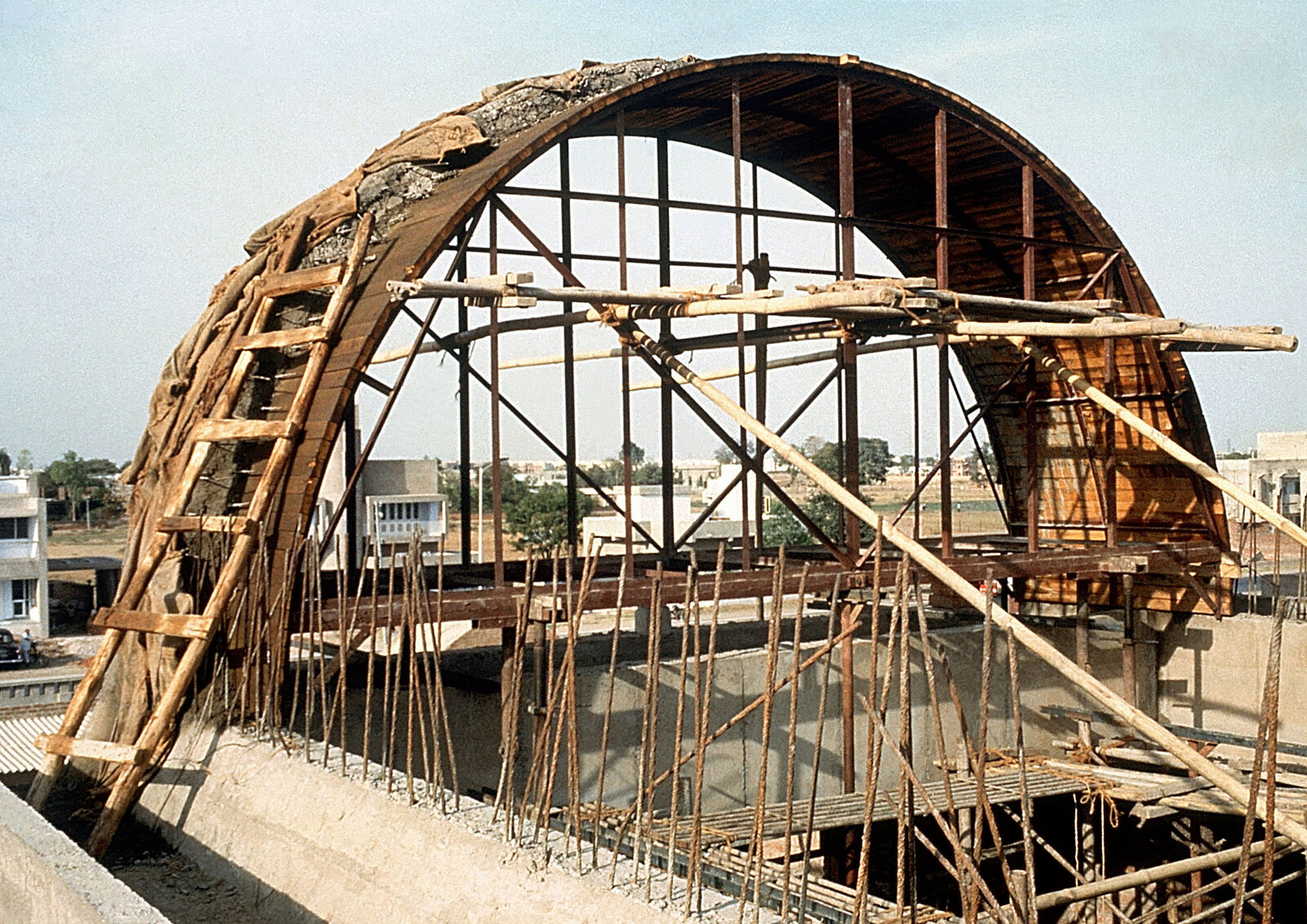Architecture for the People
September 9–December 12, 2020
659 West Wrightwood Avenue
Chicago, IL 60614
USA
Hours: Friday 12–7pm,
Saturday 10am–5pm
info@wrightwood659.org
Wrightwood 659 is honored to be the first North American venue to present this important retrospective of the work of the seminal Indian architect Balkrishna Doshi. Despite winning the Pritzker Prize—one of the most prestigious awards in the field of architecture—in 2018, Doshi is not as well known in the United States as he deserves to be. This exhibition brings to a wider audience his extensive contributions as an architect, educator, social scientist, city planner, artist, author, and founder of numerous institutions. In his nearly 70 years of practice, Doshi has fundamentally altered the built environment of India, celebrating its architectural heritage while creating new forms.
Doshi’s work displays his core belief in the power of architecture as a radical and profound act, one that can create lasting positive change in the ways people relate to one another and live collectively. He believes architecture in and of itself is incomplete, and it is only in its interaction with the inhabitant (whether an individual or a community) that its potential is fully realized. This philosophy is evident in his approach to design. Doshi speaks of and seeks a “living” architecture; in his work, people, nature, and the built environment are melded in active dialogue, all evolving together.
He remains one of the last living links to two of the great masters of Modernism—Le Corbusier and Louis Kahn. It is particularly fitting that his work be shown here at Wrightwood 659, cradled within the remarkable design of yet another virtuoso, Tadao Ando, who also draws inspiration from those two pioneers.
Doshi’s work, like that of his mentors, has forever changed the landscape of India. He has proven that thoughtful design can democratize space beyond just that of the physical world: it can beneficially alter social and cultural climates as well.
We hope that this illuminating exhibition demonstrates the principles that drive Doshi’s architecture are much needed—applicable—everywhere.





